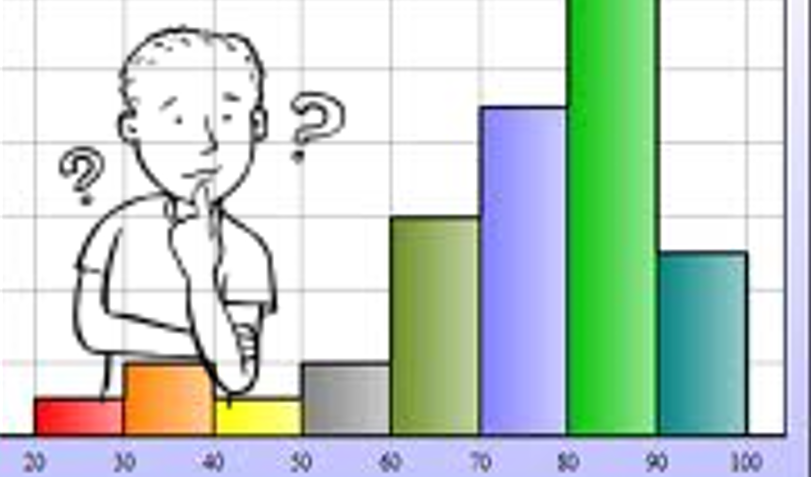Submitted by: Deborah Weatherford
Collaborators: Carrie Simmons, ITRT
School: Hermitage High School
Summary
The purpose of the Virtual Word Wall flipchart project is to strengthen the students’ use and understanding of the geometry vocabulary terms as each unit of study is presented throughout the school year. Students receive vocabulary words on K.I.M. sheets (vocabulary teaching tool) or on fill in the blank notes for each unit. Students are required to maintain KIM sheets or notes during class discussions on each particular unit. They add the vocabulary terms to their flipcharts at the completion of each unit. We use ActivInspire (Promethean software for creating flipcharts, etc.) to create Virtual Word Wall flipcharts. Students share their flipcharts via SchoolSpace with the entire class. Students also create a word cloud using an online word cloud generator as an added dynamic to this project. They include their word clouds on their flipcharts. The word cloud provides a visual representation of vocabulary terms and serves to reinforce quick recognition the terms in a creative manner.
TIPC Ratings
Approaching: Students investigate, gather and organize information (definitions, antonyms, synonyms) on their geometry vocabulary terms. They use advance search tools for online search engines to target their search on terms as they specifically relate to geometry. During this research stage, students construct a minimum of three quality questions that they will include on their flipchart for each term. Online resources consist of search engines and websites that the class compiles during the early stages of this project as well as websites and text resources listed by the teacher.
Target: Students work in groups (of two or three) as they create flipcharts, and create definitions for the vocabulary terms. Students determine the best way to strengthen their group’s understanding of vocabulary terms. For example, some groups choose to create online crossword puzzles for their members. Other groups use online flash cards to test knowledge and usage of the terms for the Virtual Word Wall. Students reflect Another group may decide to create a jeopardy game based on the vocabulary terms. All activities require students to work together, to select a digital tool that is appropriate for the group to learn the vocabulary terms. Often students will reflect on their role with the group and set a different goal for themselves. For example, the student who took the lead in creating the Jeopardy game may elect to coach another student in fulfilling this role. In this way, students establish their own group norms which are respected by all. All flipcharts, games, etc., are stored online via SchoolSpace for this class to access and use and for use by other self-contained geometry classes.
Approaching: As the school year progresses, critical thinking and problem solving skills can reach the target level with ease. Initially, in contained classes, students may use notes provided by the teacher to define words and provide examples. This may be the case during the first weeks of school. However, as soon as students receive their laptops, they increase they work in groups, apply critical thinking skills to determine definitions and use vocabulary correctly. Within their groups, they formulate questions for the vocabulary words. However, questions cannot be duplicated. Therefore, the group members help each other in creating appropriate questions that can be used on the flipchart to stimulate vocabulary understanding. Furthermore, students apply critical thinking skills as they create flipcharts (of definitions, antonyms, synonyms, quality questions), crossword puzzles, Jeopardy games, flashcards, etc.
Approaching: As students understand how to create flipcharts in ActivInspire and use online word cloud generators, the quality of their work increases and they generate an end product (Virtual Word Wall flipchart) that reflects their creativity and understanding of the geometry vocabulary. Although each flipchart is original, students often exceed the parameters of this assignment by customizing their flipchart with containers, and various objects, etc. At the end of each quarter, students make predictions as to how their end product will be assessed by the teacher and viewed by the class. They analyze trends within the class regarding the flipcharts that have been created, the level of questions generated for the vocabulary terms. Students rate their work according to the rubric and often give themselves extra points for their






